Bring a taste of Haiti to your home by learning how to make this vegan rendition of Akasan. A popular porridge like drink made from yellow corn flour, star anise, cinnamon and plant based milk.

They say that the most important meal of the day is breakfast and I truly believe it is. That's why I'm showcasing this popular breakfast recipe courtesy of the Haitian people called Akasan.
This drink is incredibly tasty, filling and oh so flavoursome. I also took the liberty of making it dairy free for people are vegan or lactose intolerant.
What is akasan?
Akasan aka ak100 drink originates from the island of Haiti. This porridge like beverage is typically served hot or cold for breakfast and great for people who are on the go.
The ingredients consists of yellow corn flour, star anise, salt, vanilla, cinnamon, nutmeg and evaporated milk.
When I first came across this recipe I was immediately intrigued. Each Caribbean island, be it French, Spanish or Dutch colony, all share some similarities.
Breakfast is very important to Caribbean people with porridge being a popular choice and I'm not referring to plain ole oatmeal.
What instantly draw my attention to this recipe was the similarities to Jamaican cornmeal porridge.
Akasan certainly looks like the porridge I grew to love. The key difference is the use of star anise, the lack of condensed milk to sweeten to taste and the texture is thinner.
I suppose in a sense you could summarise ak100 as a Haitian corn flour porridge or shake. Regardless I really enjoyed my Haitian akasan experience.
The flavour from the star anise really comes through and compliments the cinnamon so well.
I will definitely be having this on a weekly basis and hopefully you will do too.
My rendition of akasan
My rendition of akasan is vegan friendly, corn is naturally gluten free so thankfully you don't need to substitute the corn aspect of the recipe.
The only huge difference is replacing evaporated milk with almond milk. I personally think almond milk is the perfect replica because it is quite thin in texture, not very creamy nor is it overpowering.
You can of course use another type of plant based milk i.e coconut milk but you will find coconut milk abit more creamy in texure (not really a dealbreaker, just saying).
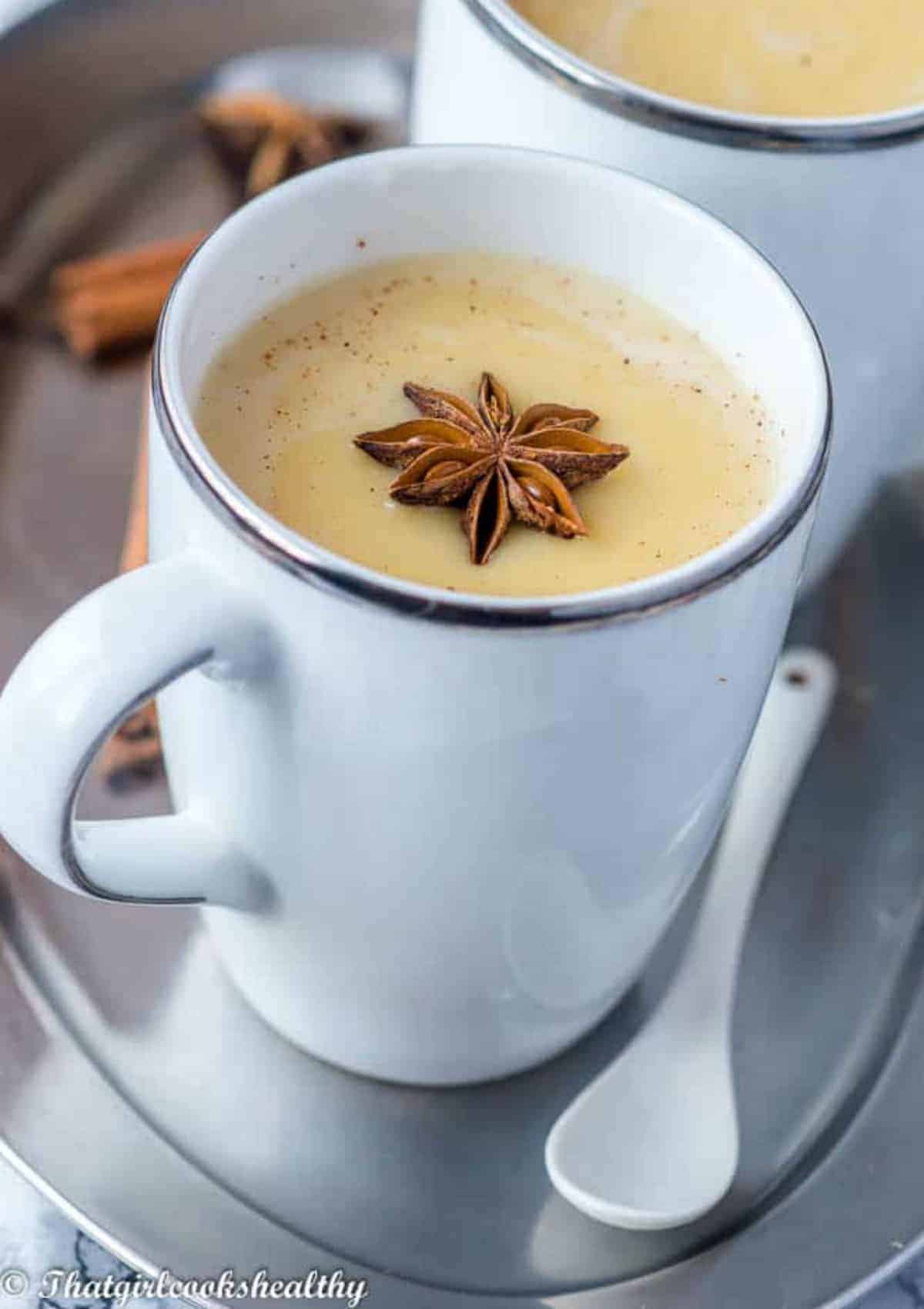
Cornflour vs cornmeal vs cornstarch
There appears to be some MAJOR confusion when it comes to these three things. It all comes down to what part of the world you are in because these terms can be interchangeable.
For arguments sake I am going to give a quick definition of each so we are all on the same page
Cornflour - This is the result of the cornkernels being milled. In other words, it's a finest version of cornmeal that you can get hold of. It is so fine that it can be used as flour in some recipes that would normally call for wheat flour.
Cornmeal - It's a coarser version of cornflour which derives from dried corn. This is what is used for make polenta, cornbread by Americans or cornmeal porridge in various parts of the Caribbean.
Cornstarch - is a fine white powder that derives from the starchy part of the corn kernels. It has a much higher starch content then cornmeal and cornflour so it can be dissolved in water and used as a thickening agent. In the UK cornflour and cornstarch are often interchangeable which is an example of why there's so much confusion when it is called for in a recipe!
Ingredients you will need
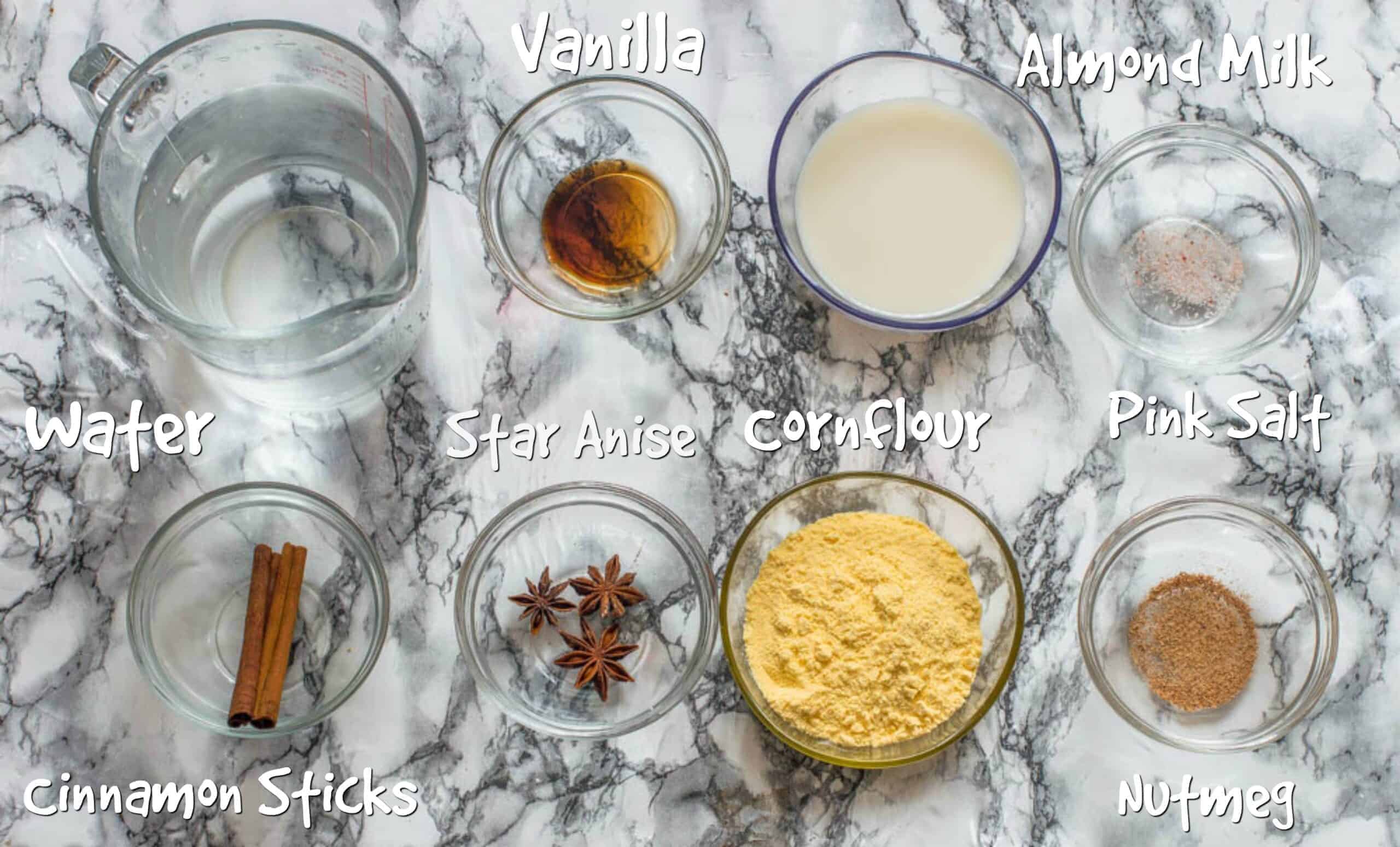
- Yellow cornflour: You want cornflour where is referred to as "cornmeal" in the UK. You will need the finest cornmeal that is available to buy.
- Water: You will need some water to mix the cornflour with.
- Almond milk :I used almond milk but there's no reason why coconut, cashew or hazelnut milk won't work too.
- Star anise: A very important ingredient for this specific porridge!!
- Cinnamon sticks/Nutmeg: Both spices are used to serve as flavour enhancers.
- Coconut Sugar (low GI): You can use another slow releasing sweetener if you wish.
- Himalayan pink salt: For taste!!
The steps
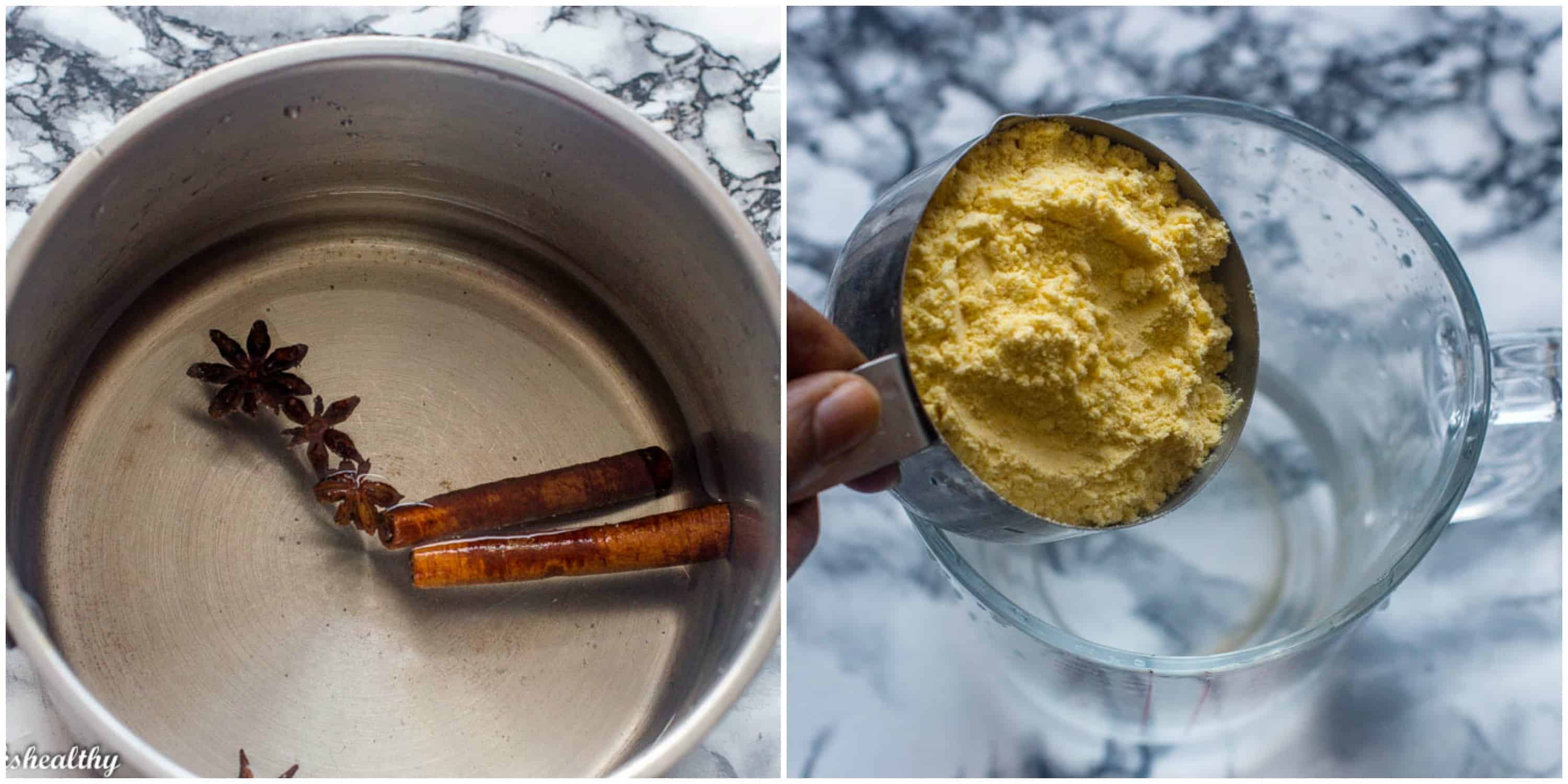
- Bring the 4 cups of water to the boil in a medium sized, non stick saucepan along with the star anise and cinnamon sticks for 10 minutes until the water is slightly red-brown colour.
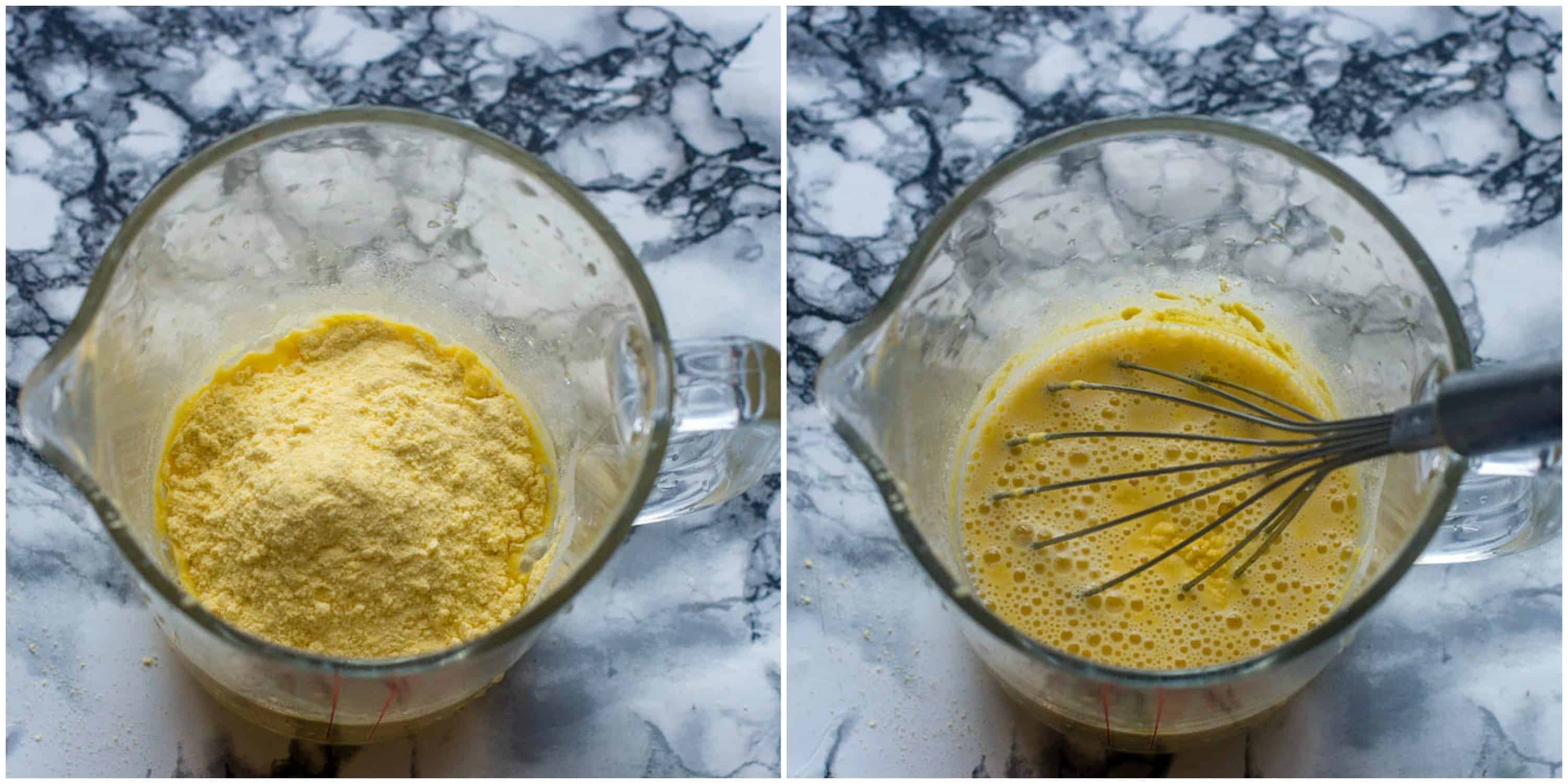
- Mix the one cup of cornflour together with the 1¼ cup of water in a small bowl/jug.
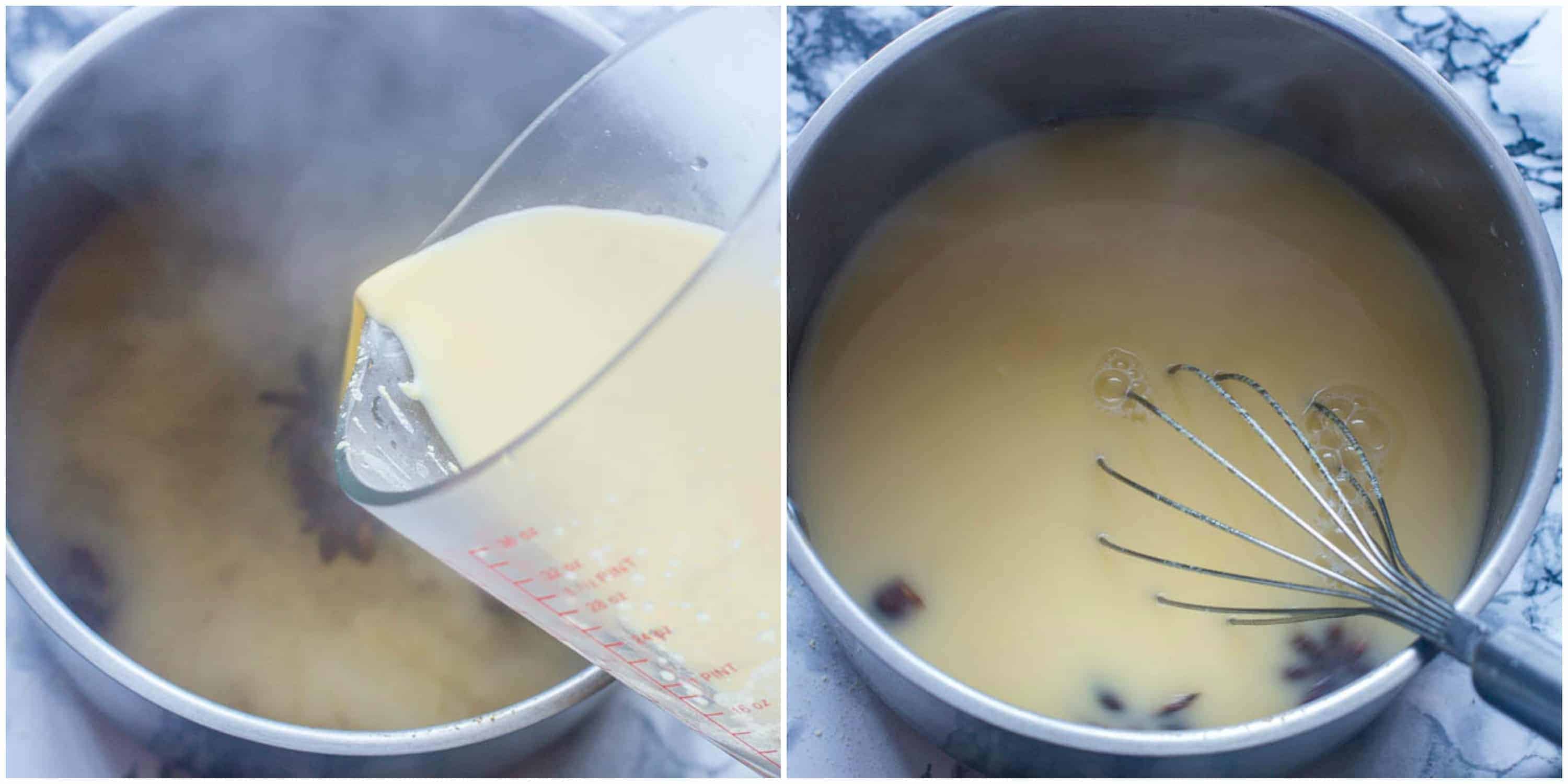
- Reduce the heat to medium-low, add the cornflour paste to the saucepan while whisking to avoid any lumps.
- Continue to simmer for several minutes, while constantly stirring until the akasan starts to thicken up.
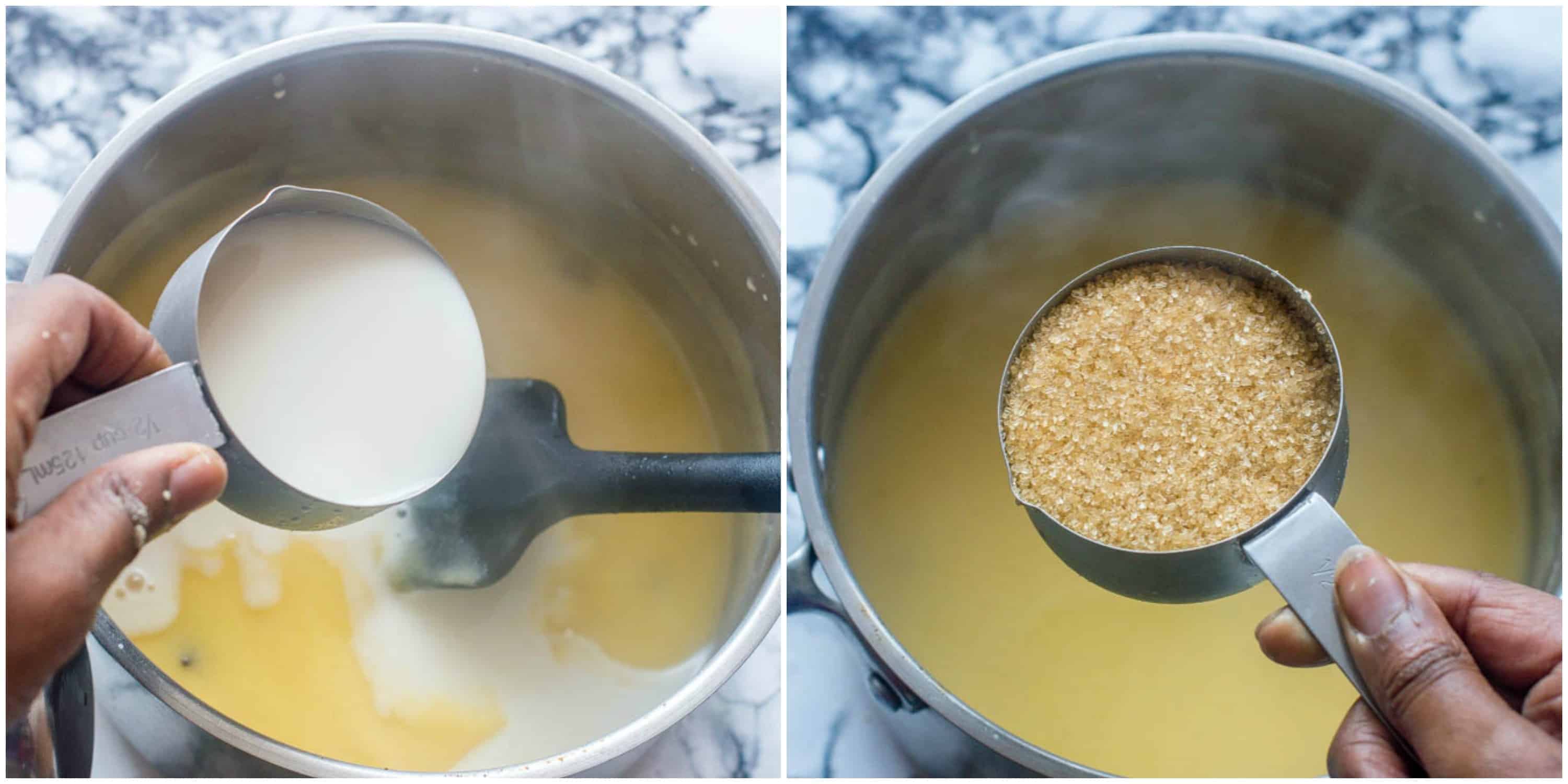
- Stir in the almond milk (add the full ¾ cup or more for a thinner consistency).
- Add the vanilla extract, nutmeg and pink salt.
- Add the coconut sugar or another sweetener and sweeten to taste.
- Serve hot or cold.
What do you do with any leftovers?
Feel free to refrigerate any leftovers and consume what is left within 2 days.
Where can you purchase yellow corn flour?
Any ethnic grocery store - think African, Latino, Caribbean should stock it or try online (such as Amazon) and try to source organic or gmo, if possible.
Do you have to use whole spices?
Honestly, I would highly recommend using WHOLE spices over the ground ones. The taste is superior to the ground form but you can use ground, if that's all you can get hold off.
Notes and tips
- When adding the cinnamon sticks and star anise make sure the water is boiling before moving onto the next step. You should be able to smell the spices!
- Keep in mind, depending on what part of the world you are from yellow cornflour might be known as maize flour or cornmeal, you want the one that is YELLOW and ground/very fine in texture.
- If you are using ground cinnamon and star anise, use 1 teaspoon of star anise and ½ teaspoon of cinnamon.
- I recommend using a whisk when stirring to avoid any lumps.
- Keep the heat medium-low, while you simmer and stir, don't be tempted to increase the heat too high or it may start to sputter which can burn the skin.
- Be sure to use a non stick, sturdy saucepan.
- Keep stirring the saucepan until the content starts to thicken up.
- Mix the cornflour with part water. You want to make a paste first before adding any cornflour. This is done to avoid your Akasan from becoming lumpy. Remember to stir continuously as you add the paste to the saucepan.
- Once you have made your akasan, feel free to add more vegan milk or water, if you want a thinner consistency.
- Plant based milk. The original recipe calls for animal milk (evaporated milk) so feel free to use almond milk instead
- Sweeten to taste. I only used about ¼ or ⅓ of a cup of coconut sugar. Sweetness is really down to the preference of the individual, so you decide!
- You can use raw cane sugar, stevia or even agave nectar !!
More porridge recipes you may like
- Jamaican Peanut Porridge
- Jamaican Oats Porridge
- Sago Porridge
- Roasted Almond Porridge
- Yellow Plantain Porridge
- Millet Porridge
Other recipes with cornmeal
- Jamaican Cornmeal Porridge
- Cornmeal Porridge with Hominy Corn
- Cornmeal Cou Cou
- Conkies
- Funchi Fries
- Asham
- Cornmeal Pudding
- Jamaican Festival
- Cornmeal Dumpling
**Please comment below and star rate if you have tried my recipes. Support my website by leaving a donation through Buying Me a Coffee. A site to show your appreciation of my hardwork over the years. Let's be friends and engage on YouTube, Facebook and Instagram I also like to pin on Pinterest, where you can find more amazing recipes.**

Haitian Akasan (Cornmeal Drink)(Vegan)
Ingredients
- 4 cups water (946ml)
- 3 star anise
- 2 cinnamon sticks
- 1 cup yellow corn flour + 1¼ cup of water (to make the paste)
- ½-¾ cup almond milk or you can use another plant based milk
- 1 teaspoon vanilla extract (4g)
- ¼ teaspoon nutmeg (0.5g)grated
- ¼ teaspoon pink salt (1.5g)
- sweeten with coconut sugar, to taste or use another alternative sweetener, see notes
Instructions
- Bring the 4 cups of water to the boil in a medium sized, non stick saucepan along with the star anise and cinnamon sticks for 10 minutes until the water is slightly red-brown colour.
- Mix the one cup of cornflour together with the 1¼ cup of water in a small bowl/jug.
- Reduce the heat to medium-low, add the cornflour paste to the saucepan while whisking to avoid any lumps.
- Continue to simmer for several minutes, while constantly stirring until the akasan starts to thicken up.
- Stir in the almond milk (add the full ¾ cup or more for a thinner consistency).
- Add the vanilla extract, nutmeg and pink salt
- Add the coconut sugar or another sweetener and sweeten to taste.
- Serve hot or cold.
Video
Notes
-
- When adding the cinnamon sticks and star anise make sure the water is boiling before moving onto the next step. You should be able to smell the spices!
-
- Keep in mind, depending on what part of the world you are from yellow cornflour might be known as maize flour or cornmeal, you want the one that is YELLOW and ground/very fine in texture.
-
- If you are using ground cinnamon and star anise, use 1 teaspoon of star anise and ½ teaspoon of cinnamon.
-
- I recommend using a whisk when stirring to avoid any lumps.
-
- Keep the heat medium-low, while you simmer and stir, don't be tempted to increase the heat too high or it may start to sputter which can burn the skin.
-
- Be sure to use a non stick, sturdy saucepan.
-
- Keep stirring the saucepan until the content starts to thicken up.
-
- Mix the cornflour with part water. You want to make a paste first before adding any cornflour. This is done to avoid your Akasan from becoming lumpy. Remember to stir continuously as you add the paste to the saucepan.
-
- Once you have made your akasan, feel free to add more vegan milk or water, if you want a thinner consistency.
-
- Plant based milk. The original recipe calls for animal milk (evaporated milk) so feel free to use almond milk instead
-
- Sweeten to taste. I only used about ¼ or ⅓ of a cup of coconut sugar. Sweetness is really down to the preference of the individual, so you decide!
-
- You can use raw cane sugar, stevia or even agave nectar !!

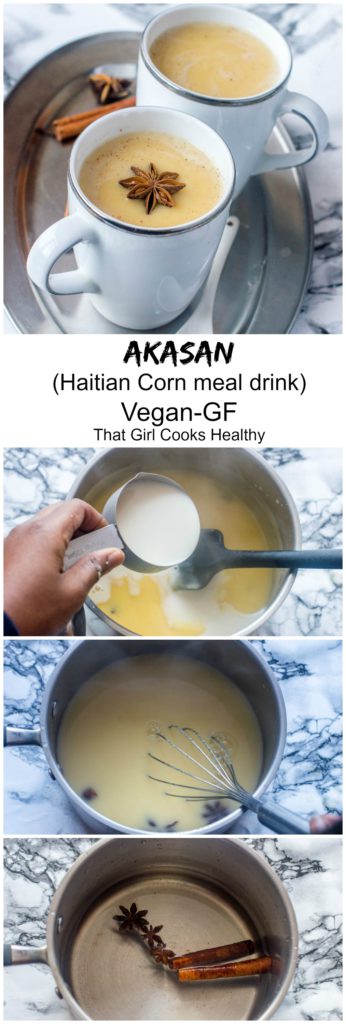

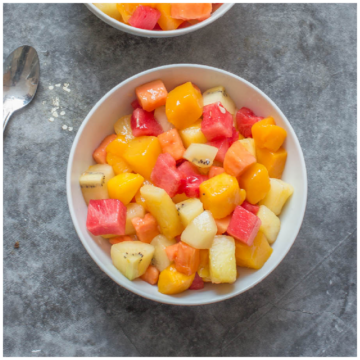
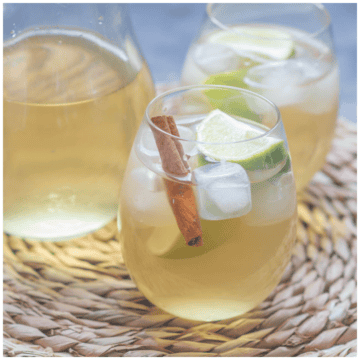
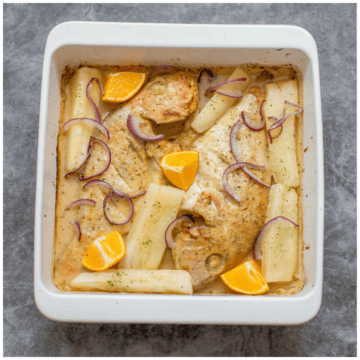
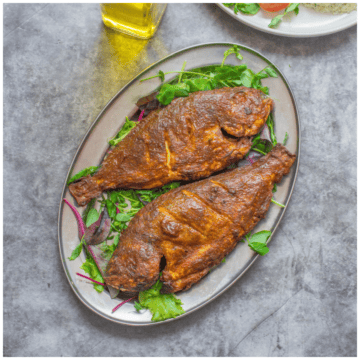
imsen says
This HAITIAN AKASAN drink looks so cozy and comforting! This is simple and easy to make! Thanks for sharing
Charla says
You are welcome!
Andrea says
This drink sounds so comforting and cozy with the cinnamon and star anise. Looking forward to drinking a cup by a fire.
Charla says
Enjoy Andrea
Elizabeth says
What a unique breakfast drink! I like how it is a breakfast that can be consumed on the go during a busy morning. Thanks for sharing!
Charla says
Thanks Elizabeth
Savita says
Finally found a recipe, which is vegan for this drink, really looking forward to trying my hands on it and giving you feedback. Will update once I try it out.
Charla says
Thank you. I hope you enjoy it!
Shadi Hasanzadenemati says
This is such an easy and delicious recipe for this drink, I cannot wait to make it again!
Charla says
Yay! So glad that you enjoyed it Shadi.
Pascale A says
As a Haitian I’m so happy to finally find a tried and true vegan recipe for akasan (AK-100). My daughter and I truly appreciate this as we prefer not to consume animal milk. And of course homemade is always better than the can stuff that we have purchased. Thanks again!
Charla says
Hey Pascale. I'm so glad I'm able to cater to your needs. I'm trying to cover as many islands as I can with wheat/dairy free options as there doesn't seem to be much out there.
Veena Azmanov says
Something unique to really look forward to making. Your recipe looks flavorful.
Charla says
Thanks Veena
Jen says
A new addition to the breakfast recipe box! I love star anise flavor and need more recipes like this.
Charla says
I'm so glad that this recipe meets your approval
Julia says
This is a deliciousness in a mug! Love this recipe!
Charla says
Thanks Julia
Romina says
This is such an easy to follow recipe. I have never seen yellow cornflour in the UK, but will keep an eye out for it.
Charla says
Thanks Romina
Nart | Cooking with Nart says
Just tried this recipe and it was so good - highly recommended!
Charla says
I'm so glad that you liked it
Mrs A Cust says
Cornflour is not cornmeal. Cornmeal is maizemeal. Cornflour is a start also called cornstarch.
Charla says
I don't recall stating that cornflour is cornmeal. Actually, cornflour is not the same as cornstarch. Cornflour is a yellow powder made from finely milled corn while cornstarch is fine white powder that derives from the starchy part of the corn kernels which is used as a thickener. Thanks for commenting!
Karina says
Hi Charla,
This looks great! I'd guess it's a cousin of atole of the US Southwest, Mexico, and Central America. Do you know the origin of the name? Agua sana would be "healthy water" in Spanish, but it might be a stretch that the name came from that.
Regards,
Karina
Charla says
I'm not privy to the origins of the name but it's definitely akin to atole. Thanks for stopping by Karina.